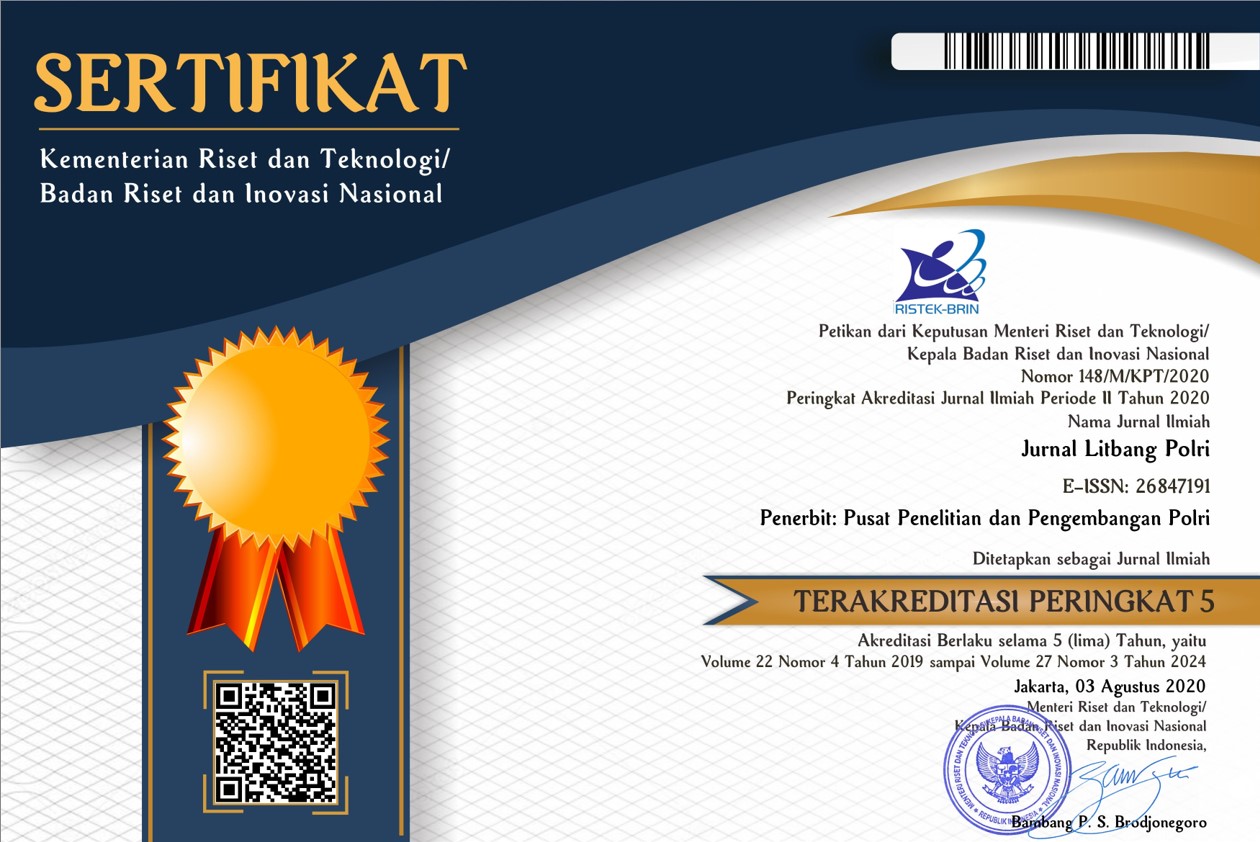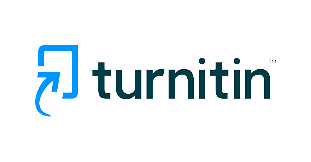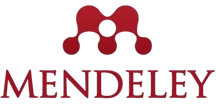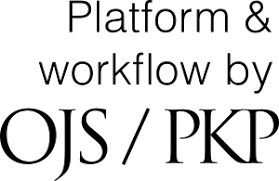Publication Ethics
Scientific Code of Ethics Statement is a declaration of ethical conduct for all parties involved in the publication process of this scientific journal, including the journal manager, editors, peer reviewers, and authors. This statement is based on the Regulation of the Head of LIPI No. 5 of 2014 concerning the Code of Ethics for Scientific Publications, which emphasizes three ethical values in publication:
(i) Neutrality, i.e., being free from conflicts of interest in the management of publications;
(ii) Fairness, i.e., granting authorship rights to those who are entitled; and
(iii) Honesty, i.e., being free from duplication, fabrication, falsification, and plagiarism (DF2P) in publication.
Duties and Responsibilities of the Journal Manager
-
Determine the journal’s name, scientific scope, publication frequency, and accreditation if needed.
-
Appoint members of the editorial board.
-
Define the relationships between publishers, editors, peer reviewers, and other related parties through a contract.
-
Respect confidentiality for all parties including contributing researchers, authors, editors, and peer reviewers.
-
Enforce norms and provisions regarding intellectual property rights, particularly copyrights.
-
Review journal policies and convey them to authors, editorial boards, peer reviewers, and readers.
-
Provide a code of conduct guideline for editors and peer reviewers.
-
Ensure regular publication of the journal.
-
Ensure the availability of funding sources for the sustainability of journal publication.
-
Build networks for collaboration and marketing.
-
Handle legal permits and other legal aspects.
Duties and Responsibilities of the Editor
-
Align the needs of readers and authors.
-
Strive to improve the quality of publications continuously.
-
Apply processes to ensure the quality of published work.
-
Promote freedom of expression objectively.
-
Maintain the integrity of the authors’ academic track record.
-
Issue corrections, clarifications, retractions, and apologies when necessary.
-
Be responsible for the writing style and format of the article; the content and all statements remain the responsibility of the authors.
-
Actively solicit input from authors, readers, peer reviewers, and editorial board members to improve publication quality.
-
Encourage evaluation of the journal when issues arise.
-
Support initiatives to reduce research and publication errors by requiring authors to submit an approved Ethical Clearance Form.
-
Support initiatives to educate researchers about publication ethics.
-
Assess the impact of published policies on author and reviewer behavior and improve them to enhance accountability and reduce mistakes.
-
Maintain openness to new opinions or ideas that may contradict personal views.
-
Avoid defending personal opinions or those of authors or third parties that may result in biased decisions.
-
Encourage authors to revise their manuscripts until they meet publication standards.
Duties and Responsibilities of Peer Reviewers
-
Assigned by editors to review manuscripts and submit feedback as the basis for determining their eligibility for publication.
-
Must not review manuscripts where there is a conflict of interest, whether direct or indirect.
-
Maintain the confidentiality of authors by not disclosing review results, suggestions, or recommendations; provide constructive criticism and input.
-
Encourage authors to improve their manuscripts.
-
Re-review revised manuscripts according to the established standards.
-
Conduct reviews in a timely manner following the journal’s style guide and scientific principles (data collection methods, author legitimacy, conclusions, etc.).
Duties and Responsibilities of Authors
-
Ensure that the listed names are the actual contributors to the published article.
-
Take collective responsibility for the work and content of the article, including methods, analysis, calculations, and details.
-
Disclose all sources of funding or resources, whether directly or indirectly.
-
Explain the limitations of the research.
-
Respond professionally and promptly to comments made by peer reviewers.
-
Notify the editor if they wish to withdraw their manuscript.
-
Declare that the submitted manuscript is original, has never been published in any language, and is not under consideration by another publisher.

 Jalan Raya Tonjong, Desa Cimanggis, Bojonggede, Kabupaten Bogor.
Jalan Raya Tonjong, Desa Cimanggis, Bojonggede, Kabupaten Bogor. 










